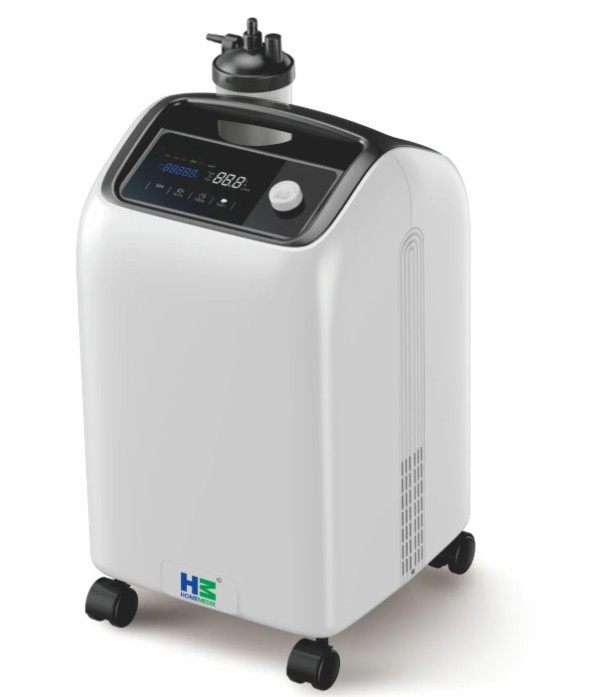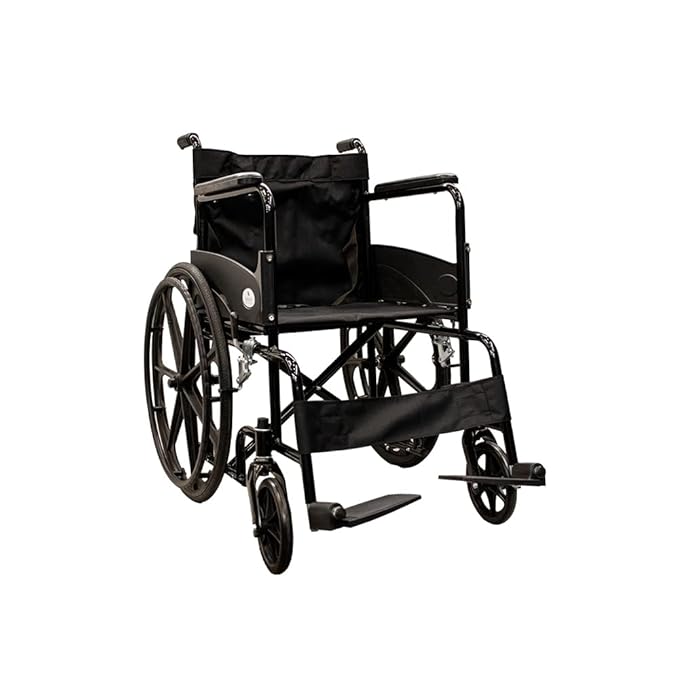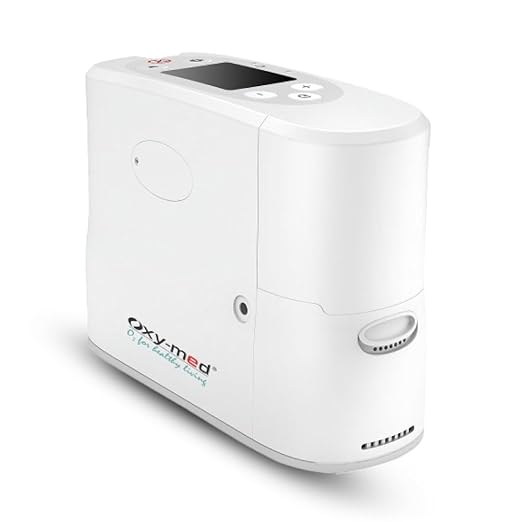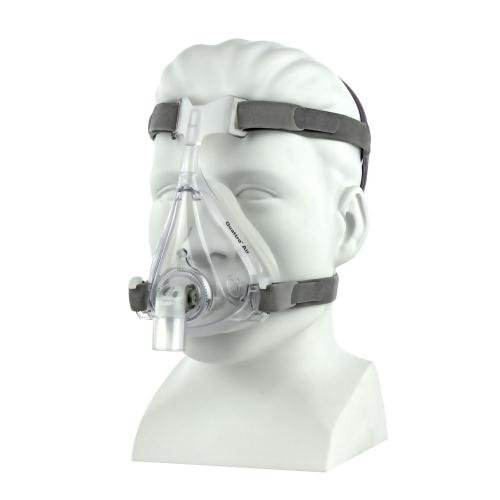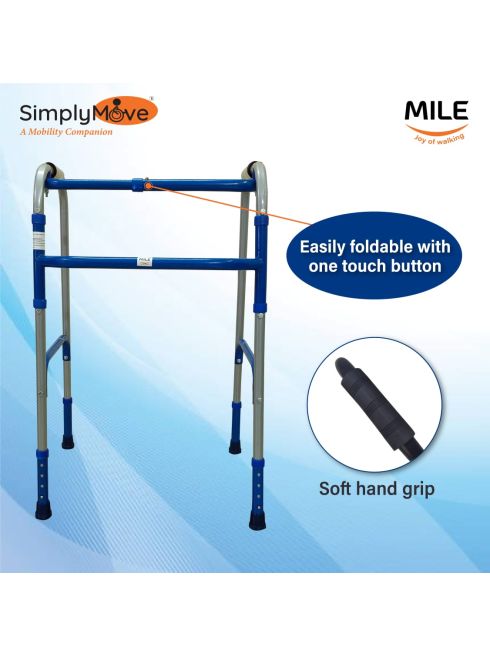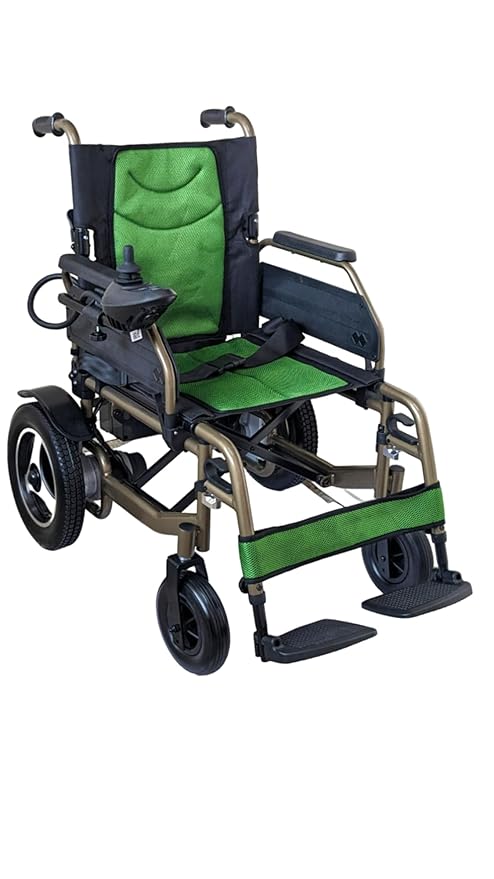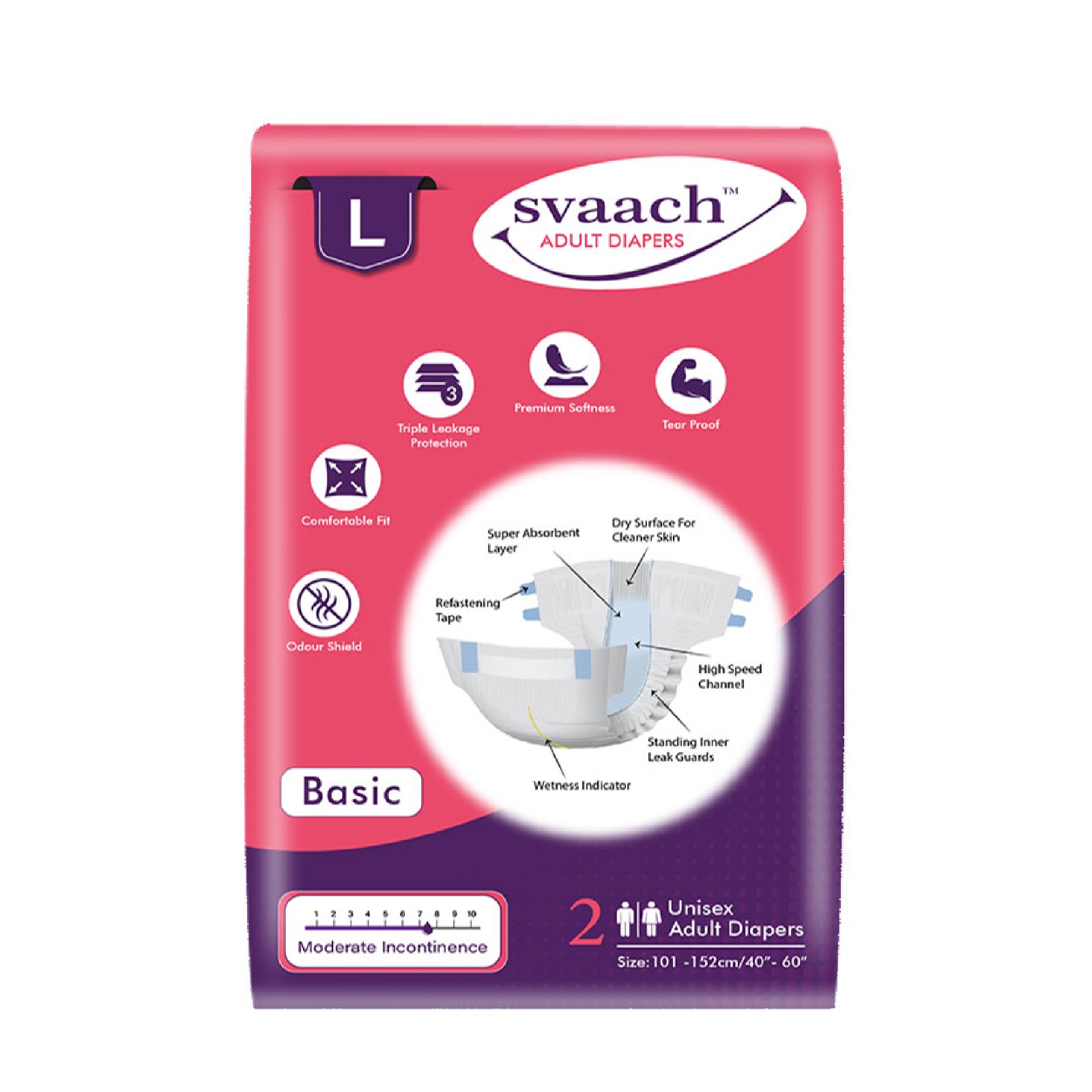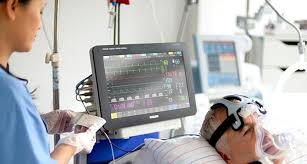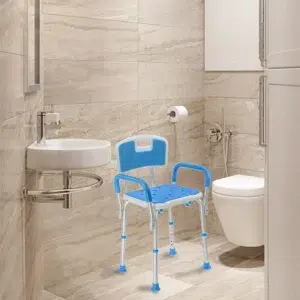Setting up a home ICU can be a daunting task, but it doesn’t have to be. Whether you’re helping a loved one recover or managing chronic conditions, the right equipment can make all the difference.
In today’s healthcare landscape, more people are choosing to bring intensive care into their homes. Hospitals are fantastic, but sometimes the comfort of home can speed up recovery. Plus, for those in therapy in Los Angeles, it’s not always easy to keep making those daily or weekly trips to a facility. Transporting someone who requires constant care can become not only stressful but physically challenging. One personal example I’ve seen is from a friend’s family. His father was battling a severe respiratory condition, and they had to bring in equipment like oxygen tanks, monitors, and specialized beds. What made it easier for them was having all the right tools and knowledge, right at home. They didn’t have to compromise on care, and it allowed the family to be more present in their father’s recovery process.
Core Equipment You’ll Need
When thinking about setting up an ICU at home, the focus should be on the essentials. These are non-negotiables that make home care safer and more effective. To b about how this can be done, visit this page.
Oxygen Supply and Management Systems
For anyone dealing with respiratory issues, an oxygen supply is crucial. It’s not just about having a tank on hand; you’ll need a well-functioning concentrator that can produce the required flow of oxygen 24/7. Think of this as the lungs of your ICU. In many cases, this equipment ensures that your loved one gets the exact oxygen saturation they need without the worry of running out of oxygen.
A backup generator can also be a lifesaver—literally. If you live in an area prone to power outages, this equipment ensures that oxygen continues to flow, even when the lights go out.
Ventilators
For more critical cases, a ventilator may be needed. Ventilators provide mechanical breathing support for individuals who can’t breathe on their own. It’s a complex piece of equipment, and you’ll need proper training from a healthcare provider to operate it effectively at home. However, with practice, it becomes as routine as any other part of daily care.
One patient I worked with had a ventilator at home, and his family was hesitant at first. The learning curve seemed steep, but after getting familiar with the equipment, they felt empowered. They weren’t just caregivers; they were trained to handle some of the most intricate aspects of home ICU care. Over time, they even found ways to make their father’s life more comfortable, adjusting the settings to better suit his needs.
Monitors and Alarms
Next, let’s talk about the monitoring systems. In any ICU, whether it’s in a hospital or your home, you need to keep track of the patient’s vitals. Heart rate, blood pressure, oxygen levels—these are just a few of the readings you’ll need to monitor.
Having an easy-to-use monitor that gives real-time data can make all the difference in detecting a sudden change in condition. Most modern systems also come with alarms that alert you to any issues, so even if you step away for a moment, you’ll be notified immediately if something is wrong.
Essential Supportive Care Equipment
It’s not just about oxygen and monitors. There are also various other pieces of equipment that you’ll need to ensure the comfort and safety of the patient.
Hospital Beds
A hospital bed is crucial because it provides the flexibility to adjust the patient’s position. Raising the head, foot, or mid-section can significantly improve comfort and aid in recovery. It can also prevent bedsores, a common issue for patients who spend a lot of time lying down. Many of these beds come with special mattresses that reduce pressure on certain points of the body, further helping in comfort and care.
From my own experience, when my grandfather was bedridden, the hospital bed made life much easier. Not only was he more comfortable, but the adjustable settings meant that we could easily assist him without straining our backs. Small details, like being able to raise or lower the bed, made caregiving feel less like a chore and more like a collaboration in healing.
Lifts and Hoists
If mobility is a significant issue, investing in a patient lift or hoist can make transferring someone from bed to a wheelchair—or vice versa—far safer and more manageable. Many caregivers find it difficult to physically lift their loved ones, which can lead to injuries. A hoist eliminates this challenge, making transfers smooth and minimizing strain on both the patient and the caregiver.
IV Stands and Infusion Pumps
For patients who require constant medication or hydration, an IV stand is necessary. Infusion pumps help regulate the flow of fluids or medication into the body, ensuring that the patient gets exactly what they need at the right time. These devices are easy to set up and use, and they often come with timers or alarms to keep everything on track.
In one situation, I witnessed how a family dealing with long-term intravenous therapy managed the process like pros. It’s easier than it seems at first—by the second or third day, they were comfortable handling the equipment, giving their child the treatment they needed without multiple hospital trips.
Conclusion: Preparing for Home ICU Care
Taking on the responsibility of home ICU care can seem overwhelming, but with the right equipment and training, it’s entirely possible. It offers a level of personal care and comfort that hospitals simply can’t provide. By understanding the core equipment—like oxygen systems, ventilators, and monitors—you’ll have a better idea of what’s needed to ensure the best possible care for your loved ones.
Additionally, don’t forget to think about supportive equipment like hospital beds and lifts. Each piece of equipment serves a specific purpose in making life easier for both patient and caregiver.
Real-life experiences have shown that families can become expert caregivers with the right tools and support. Once you start, you’ll realize it’s more about compassion, learning, and applying yourself to make the patient’s life more comfortable. If you ever feel unsure, don’t hesitate to reach out to professionals or services that can guide you along the way.
By preparing adequately, you can turn your home into a place of healing, making sure your loved one receives the best care possible in the comfort of familiar surroundings.
*****


